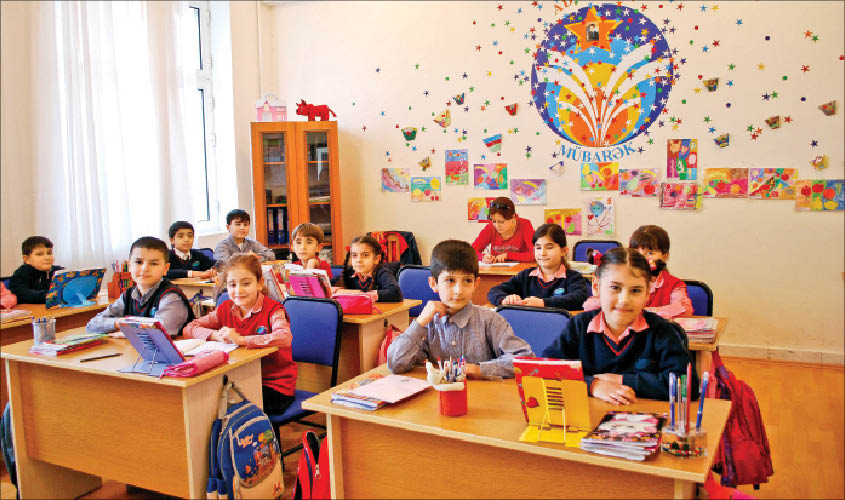According to the National Preschool Survey, conducted by FlintoClass, the preschool segment of India’s education industry is growing at a rapid pace, but it is still beset with serious challenges.
It is no surprise that India, being home to the largest population of children —16.45 crore children in the age group of 0-6 years that is 13.59% of the total population—is exponentially growing in the educational sector. The increased awareness on child development, paired with the country’s demographic demands led the preschool education industry, which is currently valued at Rs 25,000 crores, to flourish at a high CAGR of over 20%.
Driven by rising parental expectations over their child’s preschool education, the industry, which was mostly composed of unorganised sector, is increasingly witnessing a shift towards the organised sector. Grabbing on to this opportunity, many are opening schools, buying franchises and collaborating with existing preschools. Given the present trend, the preschool business has high growth prospect and people are considering it as an empowering career option that would make them independent. However, owning a school does come with its share of risks and challenges. FlintoClass, India’s fastest growing preschool system, recently conducted National Pre-School Survey, covering 30,000 preschool owners across India, giving a deeper insight into problems that ail preschools today.
Increasing admissions
With the shrinking family structure and greater emphasis on child development, the enrolment of children in preschool has increased in the country. However, there is a disparity in the number of admissions when it comes to cities beyond the metros. In India, the tier-I cities have a major share in annual enrolment than tier-II, tier-III or tier-IV cities. Factors like awareness about cutting-edge technology employed in classrooms, year
Quality education
Emphasis on the need for extra-curricular activities as an integral part of education for the overall development of a child has changed the parameters of quality regulation. It has made it much more complex and multi-dimensional. Preschool education is recognised as one of the key factors in the overall improvement of quality education and reduction in drop-out and repetition rates in later stages of schooling. Improving leadership in preschool and quality of its education is a subjective issue, thus challenging to be resolved and implemented. 35% of the school owners surveyed consider coping with the everyday operation and quality education as a challenge they struggle with.
Retaining teachers
Nearly 10% of the school owners consider regulating the quality of teaching staff as a challenge for preschools especially in the unorganised sector, given the nominal salary they offer. With thousands vying for teaching jobs, schools today may have a much wider candidate base to choose from. However, the quality of aspirants in terms of education and teaching aptitude has largely dipped. It is a bigger problem for preschools as they need a higher number of teachers as compared to regular schools to comply with the teacher-student ratio of 1:10. Even if the school does hire efficient staff, there is a need for continuous training to stay abreast with the rapidly changing education trends and technology. Teacher training,thus, becomes another big challenge due to the dearth of good trainers, training material and resources. Even if tools for the development of young minds are available, teachers are often unable to use them.Meanwhile, the teachers who are talented and excel at their work, eventually make way for better opportunities from other reputed schools.
Financial constraints
Though most preschools thrive on good business, 5% still face financial constraints when it comes to starting and running a school. High costs associated with licensing and proper staffing drain the school owners of their resources due to which they have to do away with sales and marketing. Consequently, they are unable to attract enough leads to the school and hence feasibility becomes an issue. While the franchise operations experience no such concerns due to sales and marketing support by the principles, it is the small individual preschool operators who bear the financial brunt.
Preschool owners have to strategically balance between preschool business prospects and delivering the best service to meet parents’ expectations, without ever letting the two come in conflict. In spite of potential business possibilities, the financial and emotional risk is high as school owners have the serious responsibility of the health and safety of staff and students. Schools are tweaking their infrastructure to build a childcare facility and programme from the ground up to better suit the present needs. With the increased importance of interactive learning, tech-enabled solutions have made it possible to create modern tools and disrupt earlier teaching patterns. Together, they are raising the bar of contemporary expectations of preschool education and related solutions in the country.
The author is co-founder and CEO, FlintoClass

